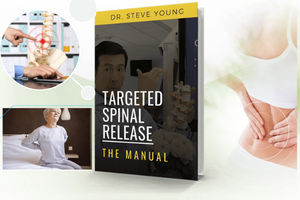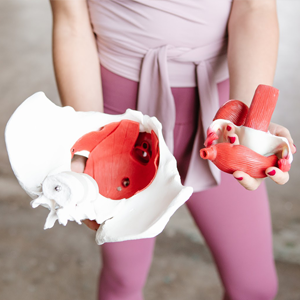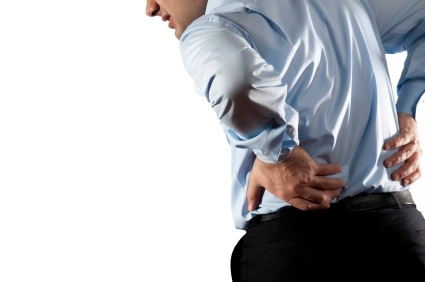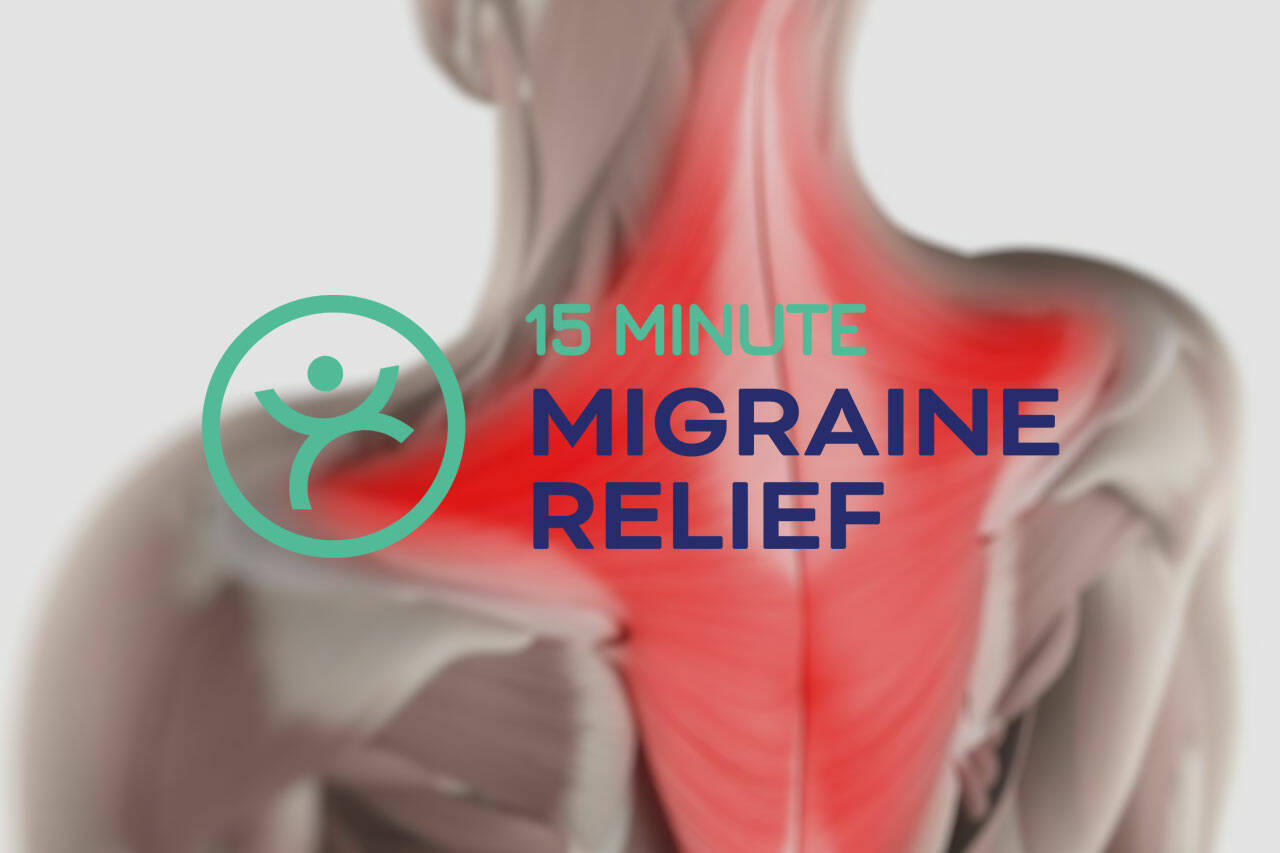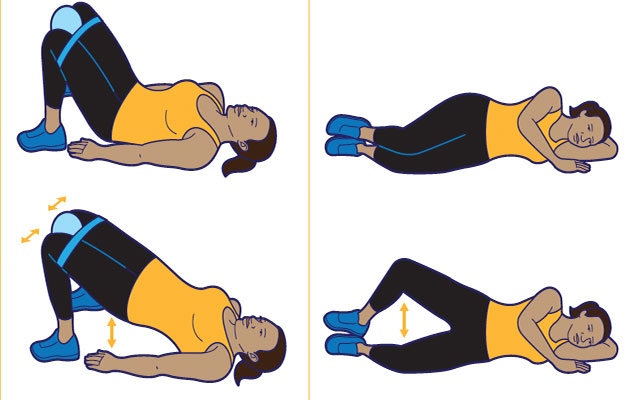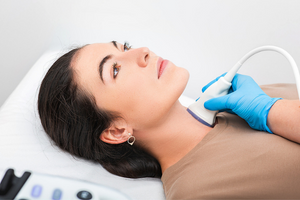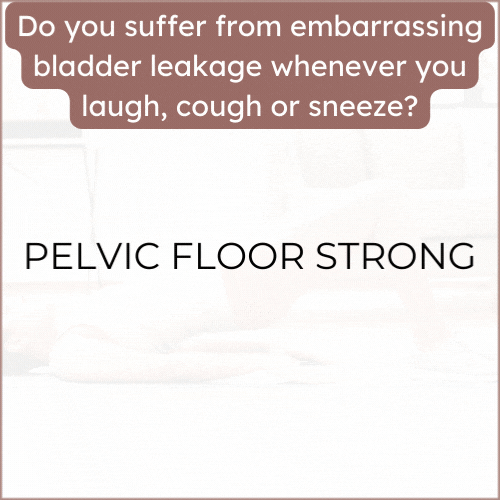Menopause and Incontinence: What You Should Know?
Menopause can significantly impact urinary incontinence due to hormonal changes and weakened pelvic floor muscles. Here's what you should know:
1. Hormonal Changes: The decline in estrogen during menopause weakens the tissues of the bladder and urethra, leading to incontinence.
2. Types of Incontinence:
- Stress Incontinence: Leakage during activities that put pressure on the bladder, such as coughing or lifting.
- Urge Incontinence: Sudden, intense urge to urinate followed by involuntary leakage.
3. Symptoms: Frequent urination, urgency, and leakage are common symptoms during menopause.
4. Management Strategies:
- Pelvic Floor Exercises: Strengthening pelvic floor muscles can reduce symptoms.
- Lifestyle Changes: Maintaining a healthy weight, avoiding bladder irritants (caffeine, alcohol), and practicing timed voiding can help manage symptoms.
- Medical Treatments: Hormone replacement therapy (HRT), medications, or surgery might be recommended based on severity.
Understanding and managing incontinence during menopause can greatly improve quality of life.












